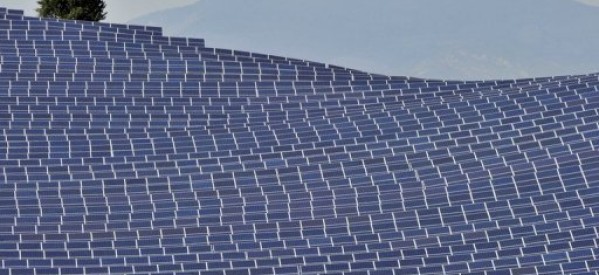Market Leaders Call for Removal of Cap on Malaysian Solar Projects

Cypark Resources Berhad, the largest solar developer in Malaysia, has called on the Malaysian government to remove the cap on maximum installed capacity for renewable energy projects in order to give investors better opportunities.
The Malaysian government introduced an FiT system for renewable energy in December 2011. The FiT rate for solar photovoltaic (PV) is the highest at 0.85 to 1.78 ringgit per kilowatt hour (kWh). The Small and Renewable Energy Programme (SREP), established to monitor the renewable energy industry, allows output of no more than 10 MW per project to be sold to the grid through TNB, the largest utility in Malaysia.
Achmat Nadhrain Ibrahim, general manager of Cypark Resources, said the FiT had encouraged investors in renewable energy, especially solar. Solar energy is easy to enter as investors can buy solar panels, install them and connect to the grid. However, the solar energy could grow even faster if the government were to remove the capacity cap, said Mr Nadhrain.
“Cypark is the largest solar developer in Malaysia, but we have only an 8 MW solar project in Pajam connected to the grid since March 2012. This is very little if compared with our Thai counterpart SPCG, which has 250 MW,” he said. Mr Nadhrain said Thailand had set a good example that Malaysia should emulate. Thailand has different sets of rules for renewable energy projects based on their size, ranging from lower than 5 MW to higher than 50 MW per site.
As of 2011, renewable energy accounted for just 0.5% of total output in Malaysia. The government has set a target for renewable energy to account for at least 5.5% of power generation by 2015.
Renewable energy is also expected to generate 70 billion ringgit in revenue and 1.75 billion in tax to the government, and create 50,000 jobs. Mr Nadhrain said that investors in Malaysia were still able to enjoy profits from solar projects despite their smaller size when compared with Thailand.
“Malaysian companies have potential to invest in larger renewable energy projects. Capping the installed capacity may be one of the constraints on developing renewable energy in the country,” he added. The quota system for annual target capacity is intended to mitigate any risk of insufficient funding due to short-term spikes in supply.






